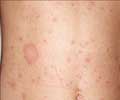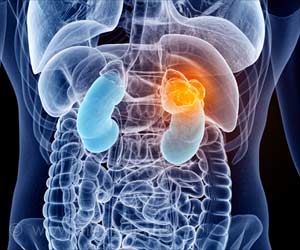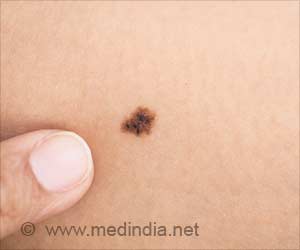
This research is a direct outcome from the Stand Up To Cancer Melanoma Dream Team Grant and involved the work of a Stand Up To Cancer Innovative Research Grant recipient, representing work made possible by both funding models created by SU2C to focus on groundbreaking translational research aimed at getting new therapies to patients quickly. To date, SU2C has funded $139.5 million for 11 Dream Teams and $19.4 million for 26 IRG research grants for brightest young researchers across disciplines to think out of the box and attempt to make major breakthroughs in their field with bold research projects.In a pan-negative melanoma sample from one of their patients, Drs. Sosman and Pao and their colleagues identified a fusion between two genes, PAPSS1 and BRAF, which they called PAPSS1-BRAF. They then evaluated melanomas from an additional 51 patients, 24 of which were pan-negative. In one of these 24 pan-negative samples, they identified a second novel BRAF fusion, called TRIM24-BRAF.
The investigators conducted further studies in the laboratory and found that both BRAF fusions activated a pathway in the cancer cells called the MAPK signaling pathway. They then treated these fusion-bearing cells either with the BRAF inhibitor vemurafenib or with trametinib, a drug that inhibits a protein in the MAPK signaling pathway called MEK. They found that signaling induced by the BRAF fusions was not responsive to vemurafenib but could be inhibited by trametinib, which led them to suggest that the novel fusions they identified could make melanoma cells harboring them sensitive to MEK inhibitors."One of the primary objectives of Stand Up To Cancer is to accelerate the development of effective treatments to help patients. This research from Drs. Sosman and Pao advances that objective because identifying novel genetic mutations helps identify targets that might be sensitive to existing or future drug therapies," explained William G. Nelson, M.D., Ph.D., a member of the SU2C Scientific Advisory Committee and director of the Sidney Kimmel Comprehensive Cancer Center, Johns Hopkins University in Baltimore, MD.
Source-Eurekalert










